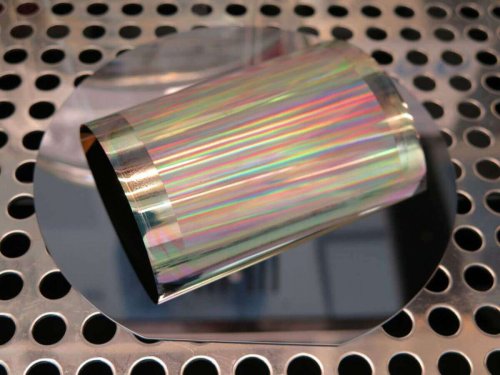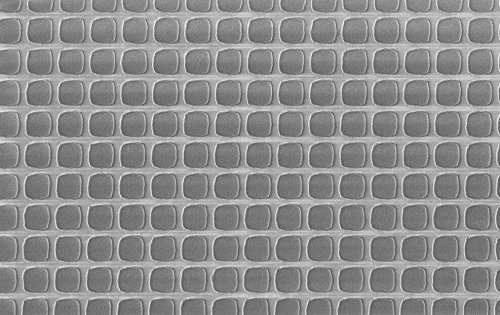NILT Project: META-REFLECTOR
For many years now, NIL Technology (NILT) has been an active part in different EU funded projects. They have been challenging, fascinating and innovative. Over the next months, we will would like to share some of the stories, because the research and innovation that are made in these projects are radical new and truly interesting. They are part of tomorrow’s high-tech innovation in EU and we are so proud of being part of these collaborations that we have with other companies and universities.
Spacecraft components would have a hard time withstanding heat from solar radiation if it wasn’t for Optical Solar Reflector (OSRs). However, current OSR technologies have many shortcomings: they are either too heavy, too fragile, overly rigid or tend to age rapidly. Innovation in space technology is much needed and the H2020 project META-REFLECTOR addressed the need for a radically new technology to meet the need for future OSRs.
The intention of the project was to develop a new-generation meta-OSRs with excellent optical performance and based on a flexible foil that will reduce the overall satellite weight. The project META-REFLECTOR was thus established with a collaboration between NIL Technology and other partners.
In the project, the goal was to develop a new type of OSRs that was to consist of a very thin, fully inorganic, metamaterial structure on the first, space-facing surface of a flexible foil. The new type of OSR, the meta-OSR was to be smaller, lighter, better and cheaper to manufacture.

Metamaterial structure on flexible foil, developed by NIL Technology
Optical Sol Reflectors – the future within space technology
The OSRs in the META-REFLECTOR project are based on metamaterials. The term ‘metamaterial’ means that one of the layers of the coating on the foil is patterned into a 2D array of nano-antennas. The patterning is made by nanoimprint lithography, a technique that is easily scalable to large areas at fair costs. Compared to commercial solutions that we have today, meta-OSRs has a significantly superior thermo-optic performance, as well as reduced weight and costs and an expanded range of features.

Metamaterial structure on flexible foil, developed by NIL Technology
The path to commercialisation
The project met the initial expectations and the plan is that further R&D can fabricate breadboards that meet the thermo-optical requirements that are needed, before meta-OSRs can be commercialized. With the commercialization, flexible and space-durable OSRs with temperature-variable emissivity will be available to satellite and spacecraft manufacturers.
The META-REFLECTOR project
The H2020 project META-REFLECTOR started in January 2016. The project was built on a collaboration between Thales Alenia Space Italia SPA (IT), NIL Technology ApS, Consorzio Creo (IT) and the University of Southampton (UK).
In the project, NILT worked specifically on the development of meta-OSRs that were made with nanoimprint lithography. Nanoimprint lithography is a method of replicating a nano-pattern by mechanical deformation of an imprint resist which is subsequently cured. NILT is specialized in nano-imprint lithography and was responsible for the production of the large area metastructures in the project.
The project has demonstrated that nanoimprint can up-scale a small area nanopatterned surfaces to a commercially relevant format.
The META-REFLECTOR project has received funding from the European Union’s Horizon 2020 research and innovation programme under Grant Agreement N ° 687303. NILT expects spin-off opportunities within displays and optical components.
Next step
NILT has entered another project that continues the development and results that were made in the META-Reflector project. The project SMART-FLEX funded by the European Union’s Horizon 2020 research and innovation programme under Grant Agreement N ° 821932 started January 2019 and will end in June 2021. NILT is the administrative coordinator of this project.
Read more
If you would like to read more about the project and the objectives, you are welcome to visit the homepage of the project: http://www.meta-reflector.eu/ or read about the first results that were published in ACS Photonics.
